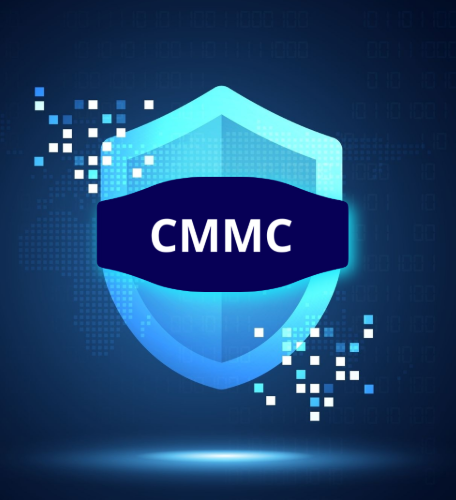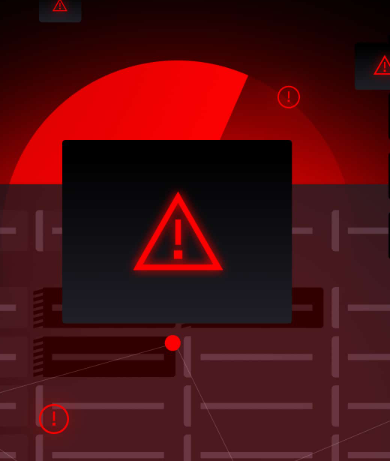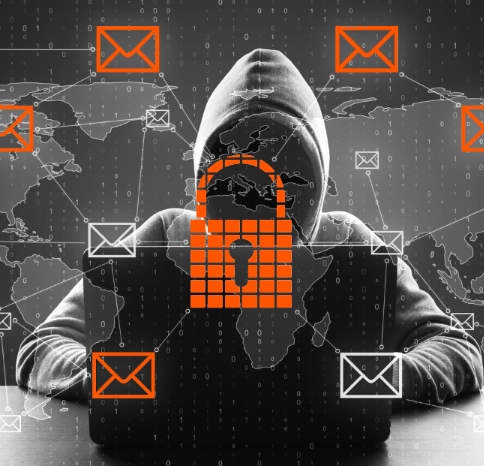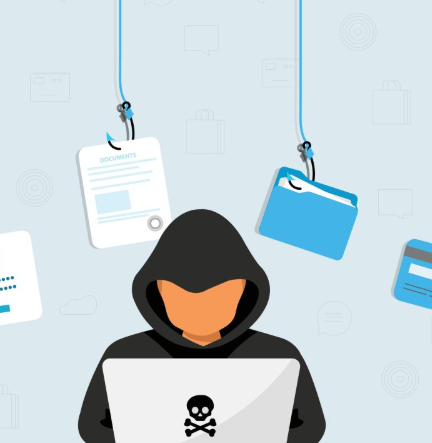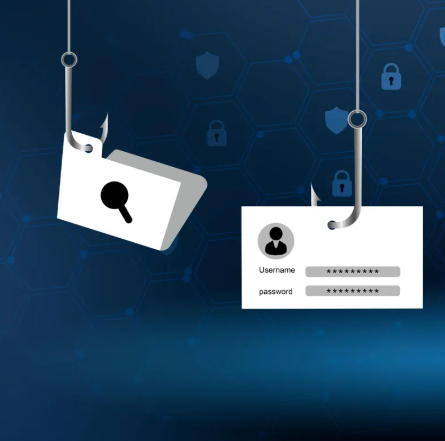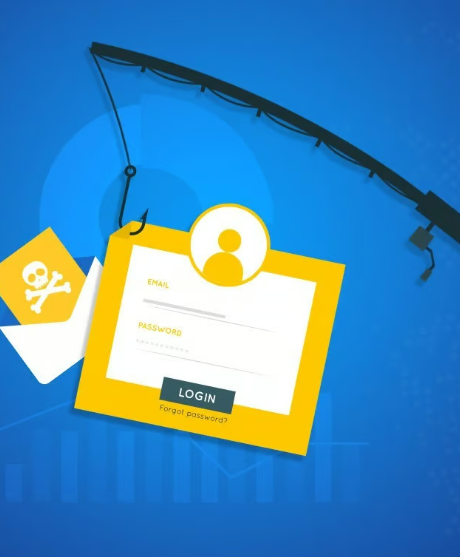
Email continues to be one of the most essential communication tools for businesses, but it is also one of the most targeted by cybercriminals. From phishing scams to business email compromise (BEC), email-based fraud is responsible for billions of dollars in losses every year. If your business isn’t prioritizing email fraud protection, you could be unknowingly putting your finances, sensitive data, and customer trust at risk.
The Growing Financial Threat of Email Fraud
Email fraud is not just a cybersecurity issue—it’s a serious financial risk. Cybercriminals often impersonate executives, vendors, or partners to manipulate employees into transferring money, revealing sensitive information, or opening harmful email attachments. According to the FBI, BEC alone has led to losses of over $50 billion globally. These attacks not only cause immediate financial harm but can also damage your company’s reputation, disrupt operations, and lead to regulatory penalties.
Did You Know?
Over 90% of cyberattacks start with a phishing email, and email fraud costs U.S. businesses an average of $17,700 every minute.
Common Types of Email Fraud
- Business Email Compromise (BEC)
In these targeted attacks, cybercriminals impersonate executives and instruct employees to wire funds or share confidential information. - Vendor Email Compromise
Attackers compromise or spoof vendor accounts to send fraudulent invoices that appear legitimate, resulting in unauthorized payments. - Phishing and Spear Phishing
Phishing campaigns target a wide audience, while spear phishing focuses on specific individuals with personalized messages to steal credentials or financial details. - Account Takeover
When attackers gain access to a legitimate email account, they can send phishing emails internally, manipulate communications, or steal sensitive data without detection.
Signs Your Business Is Vulnerable
- Lack of Email Authentication
If your domain isn’t protected by SPF, DKIM, and DMARC, it can easily be spoofed by attackers. - Insufficient Employee Training
Employees who are not trained to recognize phishing attempts are more likely to click on malicious links or fall for impersonation scams. - No Threat Monitoring
Without real-time monitoring, fraudulent emails can slip through the cracks, leading to significant damage before it’s detected. - No Internal Reporting System
If your team doesn’t know how to report suspicious emails, threats may escalate unnoticed.
Effective Email Fraud Protection Strategies
- Implement Email Authentication Protocols
Use SPF, DKIM, and DMARC to verify the identity of senders and prevent domain spoofing. These protocols help distinguish legitimate emails from fraudulent ones. - Use Advanced Email Filtering
AI-powered email filters can detect suspicious behaviors, block impersonation attempts, and prevent harmful attachments from reaching inboxes. - Ongoing Employee Training
Regular phishing simulations and awareness training keep employees informed about new fraud tactics and reduce the risk of human error. - Create a Clear Incident Response Plan
Establish a clear process for reporting and responding to email threats, including who to contact, how to isolate compromised systems, and how to inform stakeholders. - Monitor Email Activity
Track unusual email behaviors, such as unexpected forwarding, external logins, or large file attachments—indicators of compromised accounts or internal threats.



















